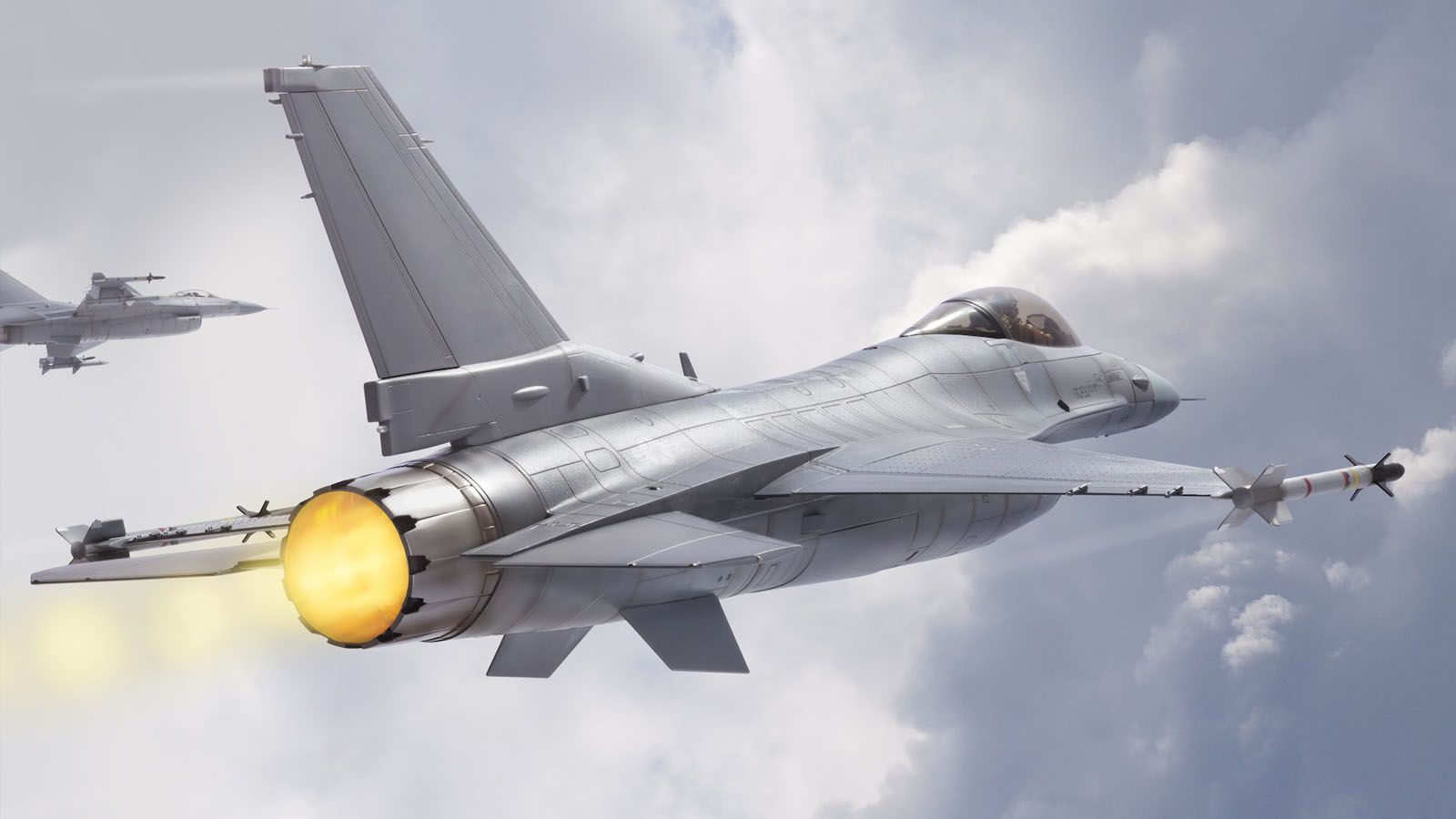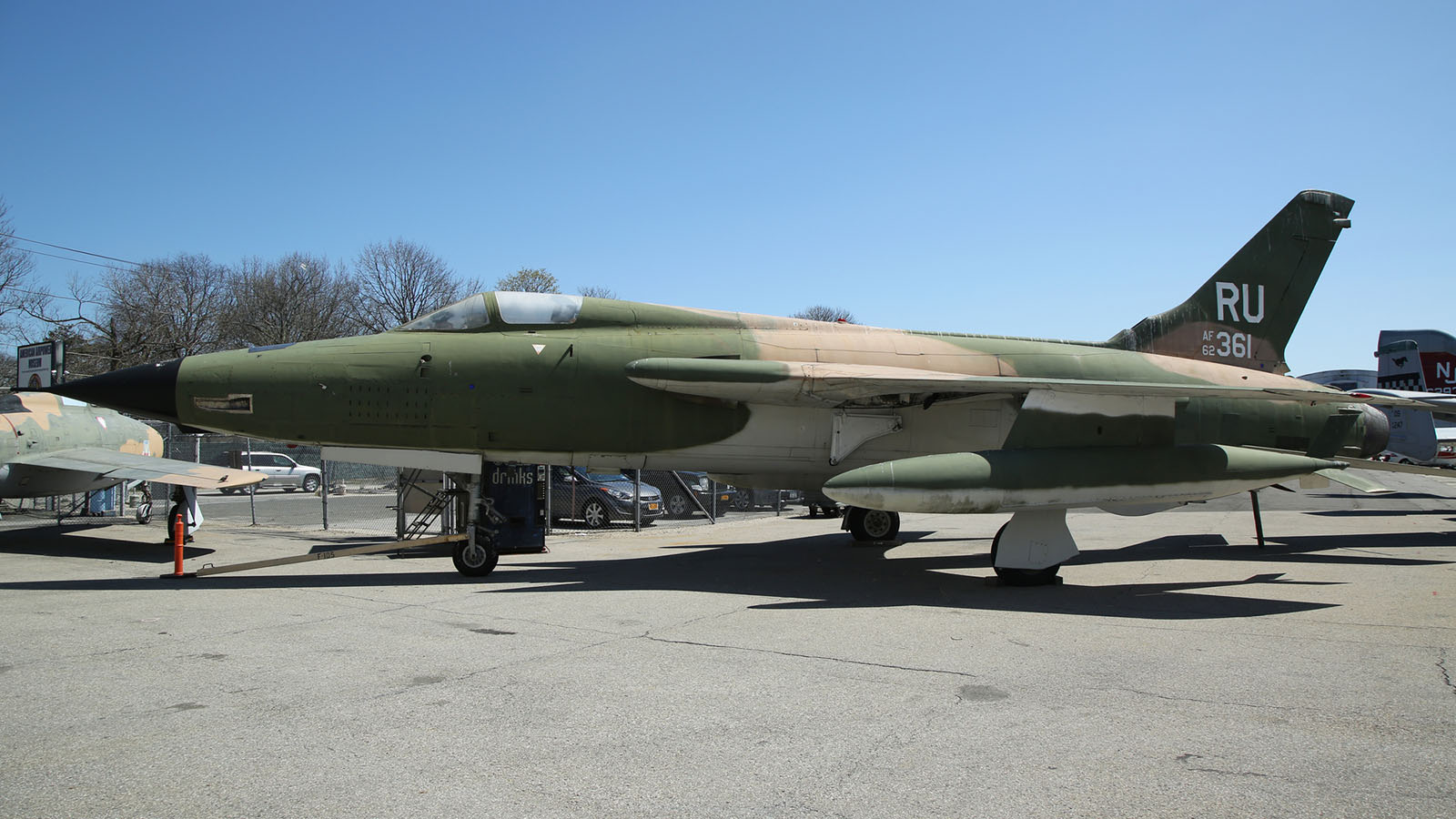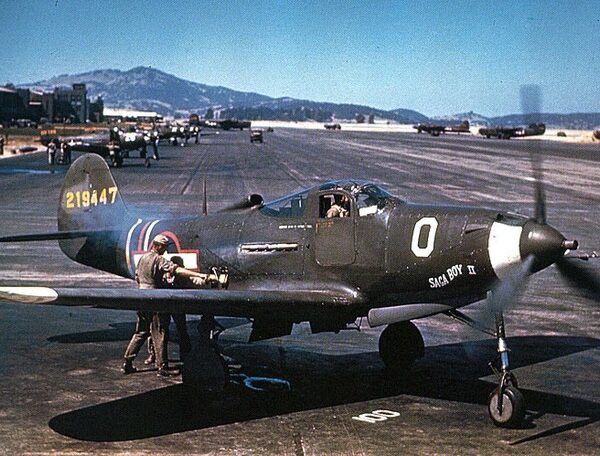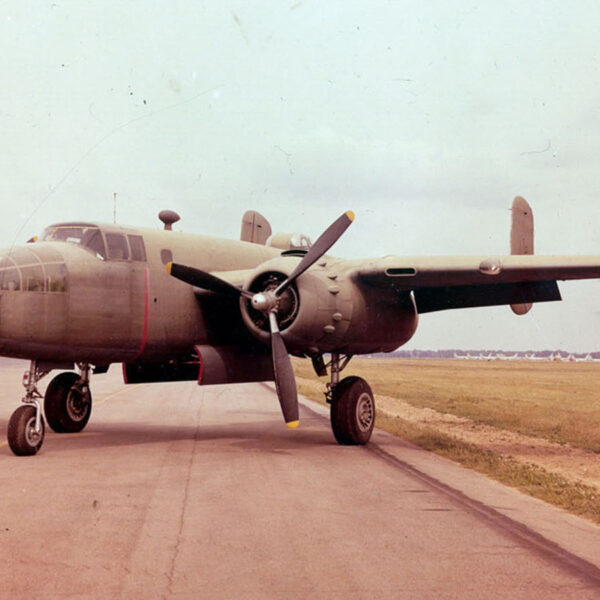P-47 Thunderbolt
.
The P-47 Thunderbolt was a force to be reckoned with during World War II. With its rugged design, impressive specifications, and fearless pilots, the Thunderbolt played a crucial role in the war effort.
Get ready to dive into this legendary aircraft’s thrilling history, notable missions, and lasting impact.
Development and Design
You should consider incorporating more modern technology into the development and design of the P-47 Thunderbolt. By embracing the latest advancements, you can enhance the performance and effectiveness of this iconic aircraft. One key area to focus on is the communication system. Upgrading to a more advanced and efficient design would significantly improve the pilot’s ability to communicate with ground control and other aircraft in real time. This would enhance coordination and situational awareness during missions.
Additionally, it would be best to consider equipping the P-47 Thunderbolt with more advanced navigation and targeting systems. Modern GPS technology could provide accurate and real-time positioning information, allowing pilots to navigate more effectively and precisely locate targets. This would significantly contribute to the success of missions and ensure the pilot’s safety.
Furthermore, integrating more modern avionics into the P-47 Thunderbolt would provide pilots with better flight control and monitoring capabilities. Upgraded flight control systems would enhance maneuverability, allowing pilots to respond quickly and effectively in combat situations. Additionally, advanced monitoring systems would provide real-time data on the aircraft’s performance, enabling proactive maintenance and reducing the risk of mechanical failures.

Specifications and Performance
Improving the specifications and performance of the P-47 Thunderbolt could significantly enhance its combat capabilities. With a maximum speed of just over 400 mph, the Thunderbolt is already a formidable aircraft. However, increasing its speed could make it even more effective in intercepting enemy aircraft and engaging in dogfights. Upgrading its engine aerodynamics and reducing its weight could all contribute to achieving this goal.
Another area that could benefit from improvement is the Thunderbolt’s range. Currently, it has a range of approximately 800 miles, which limits its ability to operate in certain areas without refueling. By increasing its content, the Thunderbolt could be deployed to more distant or remote locations, expanding its potential in combat.
Additionally, enhancing the Thunderbolt’s firepower would significantly increase its combat effectiveness. Equipping it with more powerful weapons like larger caliber guns or rockets would allow it to inflict more significant damage on enemy targets. This would be particularly advantageous in ground attacks, where the Thunderbolt could provide close air support to troops on the front lines.
Overall, improving the specifications and performance of the P-47 Thunderbolt would undoubtedly bolster its combat capabilities. By increasing its speed, range, and firepower, this aircraft could become an even more formidable force in the skies, ensuring air superiority and contributing to the overall success of military operations.
Role in World War II
The P-47 Thunderbolt was crucial in World War II, serving as a reliable and versatile fighter aircraft. As a pilot, you’d have appreciated its exceptional firepower, which included eight .50 caliber machine guns and the ability to carry up to 3,000 pounds of bombs or rockets. The Thunderbolt’s rugged construction and sturdy design made it capable of enduring intense combat situations and returning safely to base. Its exceptional range allowed for long-range missions, making it a valuable asset in European and Pacific theaters.
You’d have witnessed the Thunderbolt’s effectiveness in providing close air support to European ground forces. Its firepower and ability to carry significant ordnance made it a formidable adversary for enemy tanks, vehicles, and infantry. The Thunderbolt’s ability to operate from unimproved airstrips, known as ‘jungle fields,’ made it an invaluable asset in the Pacific theater. It played a vital role in the island-hopping campaigns, providing air cover for ground troops and conducting strafing missions.
The P-47 Thunderbolt’s role in World War II can’t be overstated. It served as a defensive fighter, protecting bombers from enemy attacks, and as an offensive weapon, striking targets on the ground with devastating firepower. Its versatility, reliability, and combat effectiveness made it a favorite among pilots and a critical asset for the Allied forces.
Notable Missions and Pilots
During World War II, you flew the P-47 Thunderbolt on numerous missions, showcasing its capabilities and contributing to the Allies’ success. One notable mission was the Operation Overlord, the D-Day invasion of Normandy. As a pilot, you provided close air support to the troops on the ground, targeting enemy positions and helping to secure the beachhead. Your Thunderbolt’s robust construction and heavy firepower neutralized threats and protected ground forces.
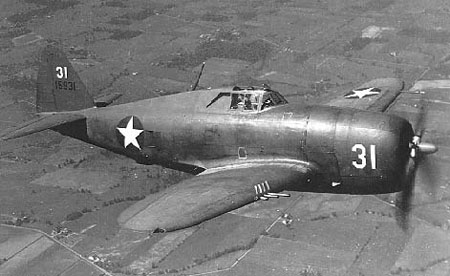
Another notable mission was the bombing campaign against Germany. Flying at high altitudes, you used the Thunderbolt’s superior speed and firepower to escort bombers and engage enemy aircraft. Your role was crucial in ensuring the success of strategic bombing raids, crippling Germany’s industry and infrastructure.
You also participated in the Battle of the Bulge, the last major German offensive on the Western Front. In this intense battle, you flew close air support missions, attacking enemy tanks, vehicles, and troops. Your Thunderbolt’s ability to carry a wide range of artillery made it an effective weapon against ground targets, and your bravery and skill played a vital role in stopping the German advance.
Overall, your missions in the P-47 Thunderbolt demonstrated its versatility and effectiveness in various combat scenarios. Your contributions, alongside other pilots, helped secure victory for the Allies in World War II.
Legacy and Impact
Your missions in the P-47 Thunderbolt had a lasting legacy and significantly impacted the outcome of World War II. As a pilot in the P-47 Thunderbolt, you were part of a formidable force that played a crucial role in the Allied victory. Your missions were marked by courage, skill, and determination as you took to the skies to defend freedom and defeat the enemy.
The P-47 Thunderbolt was an exceptional aircraft known for its ruggedness and versatility. It was armed with eight .50 caliber machine guns and could carry up to 2,500 pounds of bombs or rockets. With its powerful engine and excellent firepower, the Thunderbolt could provide adequate air support to ground forces and carry out strategic bombing missions.
Your missions in the Thunderbolt helped establish air superiority, vital in gaining control of the skies and ensuring the success of subsequent Allied operations. You engaged in dogfights with enemy aircraft, covering for bombers and ground troops. Your actions protected your fellow soldiers and disrupted enemy communication and supply lines.
The Thunderbolt’s impact extended beyond the battlefield. Its success in combat boosted the morale of Allied forces and struck fear into the enemy’s hearts. Your missions in this iconic aircraft left a lasting legacy, setting a high standard for future pilots.
Frequently Asked Questions
What Were Some Challenges faced during the Production of the P-47 Thunderbolt?
Challenges were faced during the production of the P-47 Thunderbolt, such as sourcing materials, ensuring quality control, and meeting production deadlines. However, one interesting statistic is the impressive production rate of 15 Thunderbolts daily.
How Did the P-47 Thunderbolt Compare to Other Fighter Aircraft in Speed and Maneuverability?
Compared to other fighter aircraft of its time, the P-47 Thunderbolt stood out in speed and maneuverability. It was faster and more agile, making it a formidable force in the skies.
What Were the Primary Armaments Used by the P-47 Thunderbolt During World War I?
During World War II, the primary armaments used by the P-47 Thunderbolt were eight .50 caliber machine guns and the ability to carry 2,500 pounds of bombs or rockets.
Were Any Notable Instances of the P-47 Thunderbolt Used in Ground Attack Roles?
There were notable instances of the P-47 Thunderbolt being used in ground attack roles during World War II. It was a versatile aircraft capable of delivering devastating blows to enemy ground targets.
How Did the P-47 Thunderbolt Contribute to the Development of Future Fighter Aircraft?
The P-47 Thunderbolt contributed to the development of future fighter aircraft through its powerful engine, advanced aerodynamics, and heavy armament. It paved the way for faster, more maneuverable planes with increased firepower.
Conclusion
In conclusion, the P-47 Thunderbolt was a formidable aircraft in World War II. Its development and design showcased innovation and efficiency. With impressive specifications and performance, it played a crucial role in combat.
Notable missions and pilots further solidified its reputation as a legendary fighter. The Thunderbolt’s legacy and impact on aviation history can’t be overstated. Its parallelism of power and precision ensured its place in the annals of military aircraft.


